Starting Up Windows 95
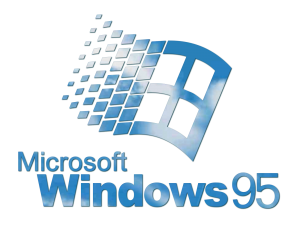 Before 1995, operating systems were not something the average person thought about. Sure there were hardcore geeks out there debating the merits of Windows vs OS/2, but this had not yet permeated mainstream culture. All of this changed with Windows 95. It was a big deal, and despite its flaws, it changed computing forever.
Before 1995, operating systems were not something the average person thought about. Sure there were hardcore geeks out there debating the merits of Windows vs OS/2, but this had not yet permeated mainstream culture. All of this changed with Windows 95. It was a big deal, and despite its flaws, it changed computing forever.
Integrating MS-DOS
Windows was built as a kind of hack. It was a graphical skin for the text-based MS-DOS operating system, a temporary solution until Microsoft and IBM came out with the high-powered OS/2 system. But Microsoft and IBM had a falling out, and Microsoft decided to push its Windows platform over OS/2.
Using what they learned from OS/2, Microsoft created a brand new operating system called Windows NT. It was technically superior to the DOS-based hybrid that most Windows users had on their computers, but it was far too advanced for most machines of the era. So Microsoft went with a two-tiered approach. On the back end, they developed the Windows NT kernel that powers computers today, and on the front end, they made a consumer-friendly operating system that hid the ugliness of MS-DOS away from users. This consumer-oriented version of Windows was codenamed Chicago.
The Road to Chicago
Microsoft’s Chicago project was a major overhaul to the way Windows worked. The first two versions of Windows used a program called MS-DOS Executive, that did little more than list the files in a given directory and give you some menu options for copying, deleting and launching files. Version 3 added in a graphical program launcher called Program Manager, but working with files remained much the same as the first two versions. On the other hand, the Chicago project was designed from the ground up to work more like a Macintosh, where you could drag and drop files from one folder to another, and give the files you worked with human-readable file names like “My Book Report.doc” instead of “MYBKRPRT.DOC”.
The newly-dubbed Windows Explorer was one of the most egregious examples of Microsoft copying Apple, but it also improved up on Apple’s system. With Chicago, Microsoft added right-click contextual menus like OS/2 had, as well as a series of three buttons on the bottom left corner where you could launch files, search for documents, or get help. They eventually combined these three buttons into one, and the Start Menu was born.
Start Me Up
With a spiffy new interface, long file names, and the integration of MS-DOS and Microsoft Windows, the Chicago project was ready for its debut. Microsoft new they had a winner with the newly-dubbed Windows 95, and they spared no expense in getting the message out. Even Apple’s famous Super Bowl debut for the Macintosh paled in comparison to the multimedia Windows 95 campaign.
Instead of one big Super Bowl commercial, Microsoft went with a variety of campaigns. They hired Jennifer Aniston and Matthew Perry from “Friends”, as well as Jay Leno from “The Tonight Show”. Microsoft also licensed the rights to the Rolling Stones’ “Start Me Up”, and even lit the Empire State Building in Windows colors. It was a big deal. And just like the iPhone’s debut a decade or so later, people lined up and camped out for a copy. And like the iPhone, Windows 95 changed everything. It wasn’t the first of its kind, but it was the first that people really noticed.
Windows 95 vs Apple Copland
As a 14/15 year old geek, I was really looking forward to Windows 95. I followed the Chicago project for years in magazines like PC/Computing, drooling over any screenshot I could find. But I wasn’t in line when it came out. As cool as Windows 95 sounded, Apple’s Copland project sounded even better. This next-generation Mac OS would be way better than even Windows NT. So when it came time to buy a new computer, I told my parents to get a Mac instead. In hindsight it was a terrible idea, since Apple’s Copland project fell apart and the company damn near went under. Windows 95 was the clear victor, and it would take Apple another five years to catch up.
Legacy
Microsoft was unstoppable back in the 1990s. The company had one success after another. Some of it was due to monopolistic practices and strong-arming of partners and competitors. But a lot of it was keen marketing and technical superiority. Windows 95 was crash-prone and its support the Internet was sadly lacking. And yet, it was leagues better than anything else on the market. Windows 95 galvanized support for the Windows platform, killing off all the competitors except for Apple. (And they damn near killed Apple too.) Windows 95 was one of the biggest tech successes in history. As such, historians will continue to study it for years to come.
Did you ever use Windows 95? Let me know about your experiences in the comment section.
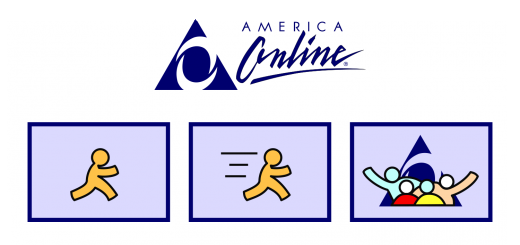
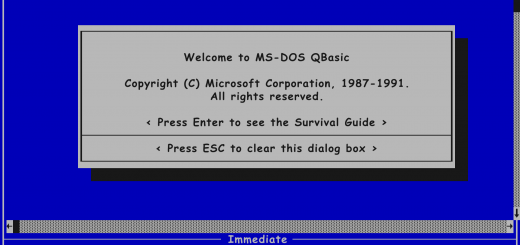
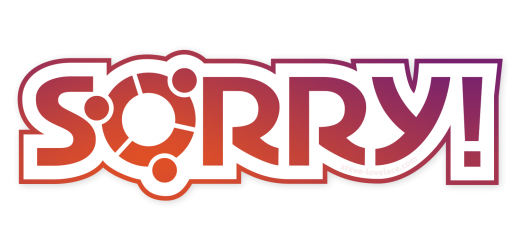
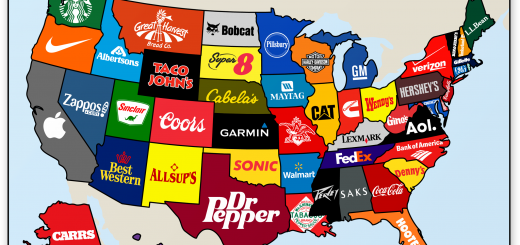

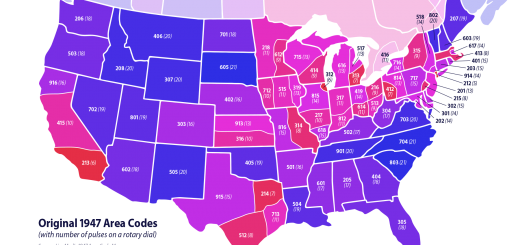
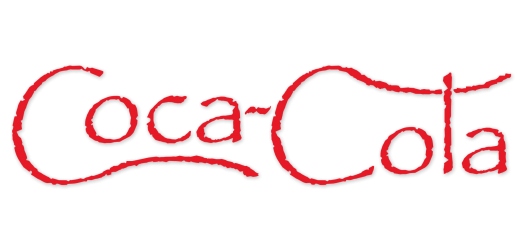
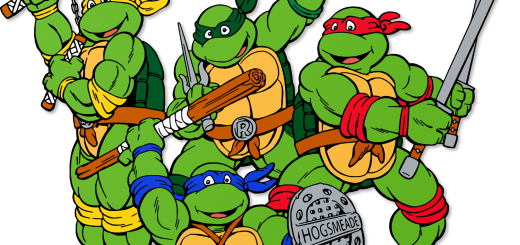
11 Responses
[…] or reading computer magazines like PC/Computing. I read all about the upcoming (and long-delayed) Windows 95, but when my parents were finally ready to replace our old Frankenstein 386, I decided that we […]
[…] team was focused on a more consumer-friendly version of the operating system, the incomparable Windows 95. Next time we’ll look at this famous piece of software and how it changed computers […]
[…] is so common. That’s an easy question to answer. It’s been included on every PC since Windows 95. But how did it end up as a standard Windows font in the first place. It all goes back to one of […]
[…] Windows 95 (one of Microsoft’s biggest successes) came out in 1995, the Internet had yet to become […]
[…] innovation. The first three versions of Windows didn’t have it at all, and early builds of Windows 95 had a little toolbar in the corner with three different buttons. Only in the later betas did […]
[…] was only slightly better than typing cryptic commands into a DOS prompt, and it wasn’t until Windows 95 that Microsoft included the type of “drag and drop” file management that Apple had used […]
[…] the end, Windows 95 killed off OS/2. Though it was still based on MS-DOS, Windows 95 looked and functioned like OS/2 to […]
[…] play for its piece of the pie with The Microsoft Network (MSN). A trial version was included with Windows 95, and it soon become a major competitor on the online service market, but by the time it came out, […]
[…] and it’s still the dominant operating system for desktop PCs. Ever since the release of Windows 95, this venerable OS has dominated the desktop market, (especially in the workplace). But like many […]
[…] on selling retail copies of Navigator. But Microsoft made the bulk of their money from selling Windows 95 and Microsoft Office. That meant they could afford to give Internet Explorer away for free. This, […]
[…] Overall, it was a pretty cool computer, though it wasn’t hip enough to run the upcoming Windows 95. But by then, I had become fascinated with Apple products, so when our Frankenstein 386 got too old […]